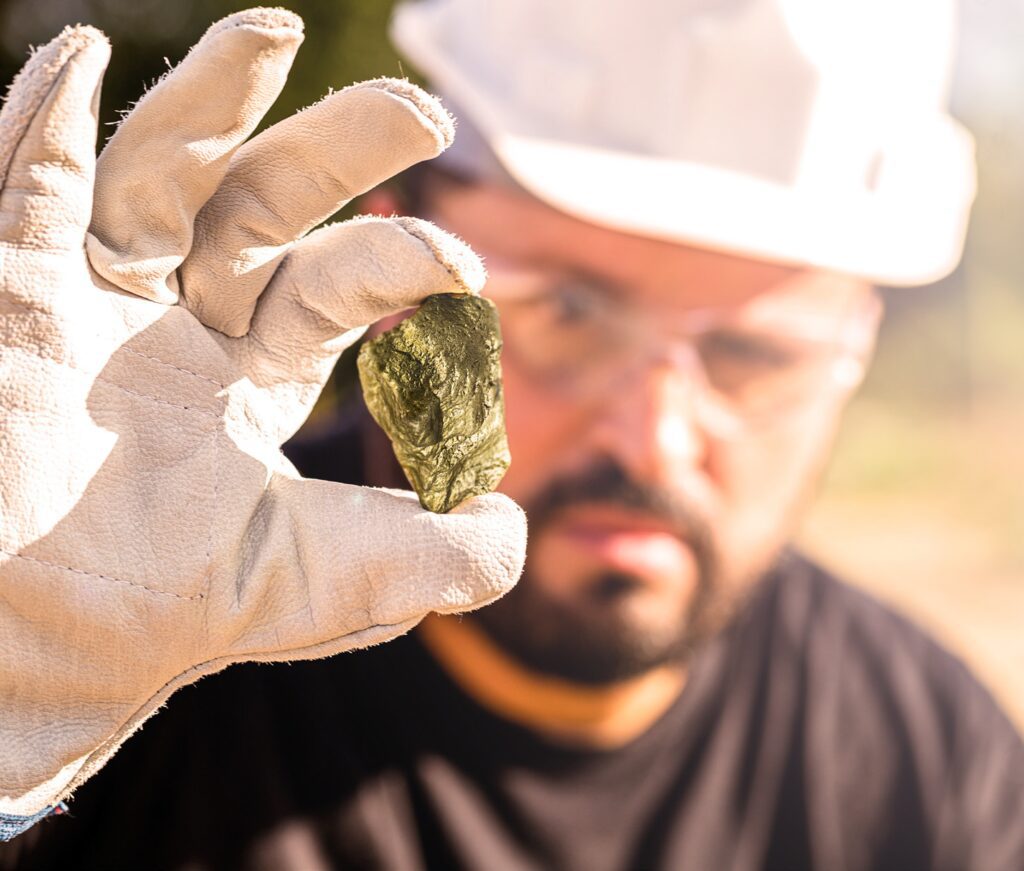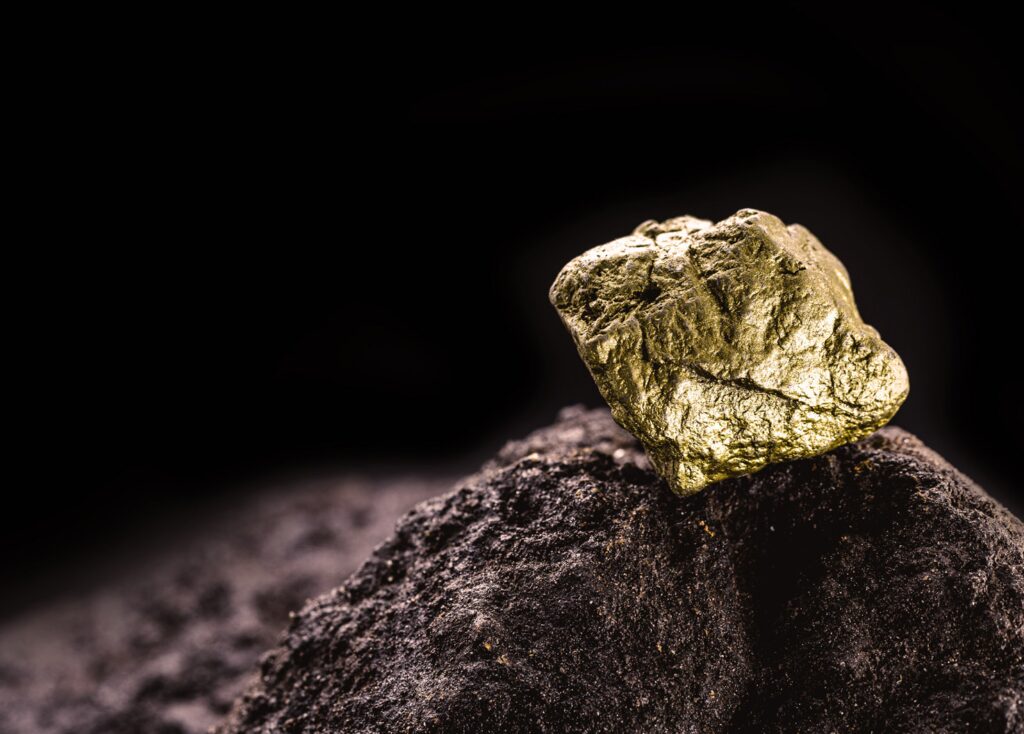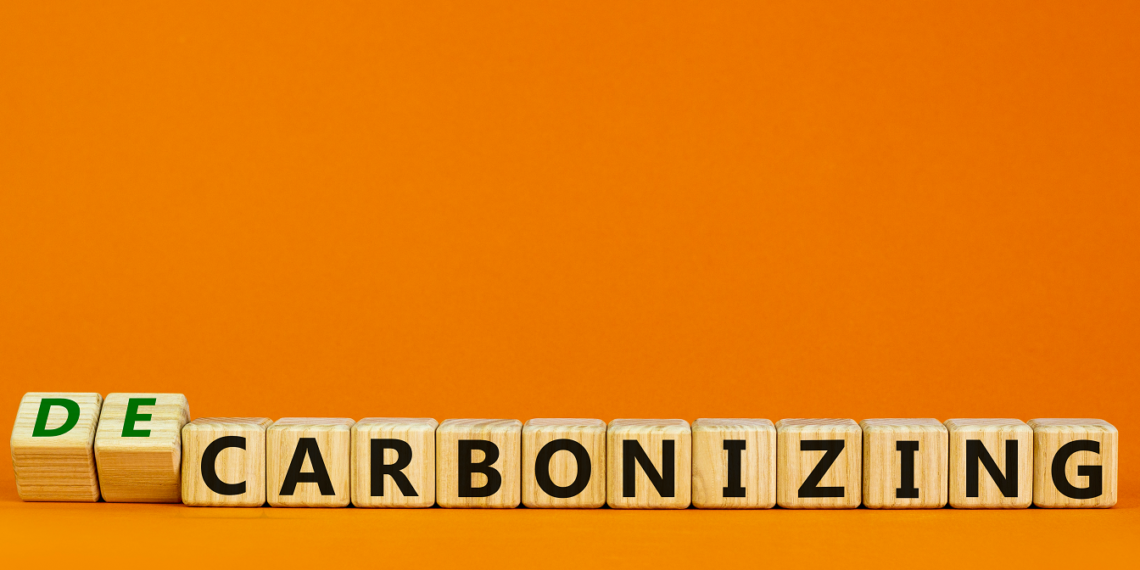I have written a lot recently on the opportunity for the gold mining sector to decarbonize and how, in the process of moving to clean energy sources to remove the greenhouse gases (GHG) emissions from gold production, this can create a wider set of positive impacts for a range of industry stakeholders. But the extent and breadth of these impacts is still, I think, underestimated.
Gold, uniquely among mined products, is a mainstream financial asset. This requires us to look at the metal in a very different way than if it were simply a commodity. It also requires potential gold investors to consider how they might integrate gold into portfolio strategies that are rapidly being reshaped by the need to adapt to climate-related risks. This can pose some challenges as the methodologies and metrics that have evolved rapidly to help investors realign their investment holdings to climate and net zero carbon targets may not appear immediately compatible with alternative or tangible assets like gold.
This is the work the World Gold Council is currently engaged in, and we will be publishing our findings shortly. The latest research looks at the decarbonization of gold from the investor’s perspective – that is, how the transition to a net zero carbon economy might impact gold’s performance as an asset and how gold might contribute to that transition. The findings are strongly supportive of our earlier work and hypothesis that gold might offer investors demonstrable benefits as a climate-risk mitigation asset.
Decarbonizing gold as an asset
While there are few emissions associated with holding gold bullion or bullion-backed investment products, many climate-conscious investors are mindful that the gold production process – mining and milling – is where the vast bulk of sectoral emissions reside. The opportunity for gold to become a low or net zero carbon product or asset is therefore, to a large extent, based on the assumption that gold mining, and the energy landscape in which it operates, will continue to decarbonize as initial trends and our previous research suggests.
We have documented elsewhere that gold mining is well placed to both contribute to the global energy transition and also to benefit from it. And the opportunity for the gold mining industry to pursue emissions reduction, as aligned to Paris Agreement climate targets, is clearer and more concentrated for gold than for many other sectors. By decarbonizing mine production, mainly via a transition to clean energy, we can effectively decarbonize gold as a product and an asset.
However, we have to acknowledge that this is still a forward view, dependent on further substantial actions from the gold mining sector. If the industry were not to decarbonize as we project and, specifically, little progress was to be made in moving away from fossil fuels to drive on-site operations, then the significant impacts a gold holding can have on reducing the carbon footprint of an investment portfolio would be diminished, although not entirely negated. Fortunately, the indications are that current actions are accelerating, and most major gold mining companies are now firmly committed to implementing more ambitious emissions reduction plans.
The rate of global decarbonization, and the need for governments and corporations to change gear and boost their carbon-cutting actions, is currently driving many of the discussions leading up to the UN’s imminent global climate change conference (COP26) in Glasgow in November. But there are other pressing climate-related issues that have perhaps been given less time and priority. This is, however, already changing as questions regarding what a “just transition” might mean for less developed nations, and how actions might be taken to boost resilience against both physical and socio-economic climate impacts at the local level, are being raised with increasing frequency and volume. Momentum is likely to build further around such issues, particularly, as we look to next year’s UN climate conference (COP27) which will be hosted by an African nation, bringing into sharper focus the wider development implications of climate-focused policies and actions.
I think gold mining has plenty to contribute to this discussion and, in many cases, in the delivery of solutions to some of the specific climate-related challenges in developing economies and remote locations.1

Contributing to communities
I have commented previously on how, in some regions, gold mining will be a key driver in bringing cleaner power to areas that may not have access to any electricity or, if they can afford them, be wholly dependent on high-emitting diesel generators. Wider access to carbon-free electricity can not only facilitate better food preservation and medical provision, it can also spur on new businesses and spark local economic growth. And it decouples that growth from the emissions that would have previously been an inevitable part of it.
However, beyond the wider benefits of enabling the local transition to clean energy, gold mining companies will likely also be significant in identifying and catalysing solutions to the challenges climate change may pose to employee and community health, safety and wellbeing.
The destructive force of extreme weather patterns as a result of climate change is already evident in daily news headlines from across the world. Climate-induced natural disasters are likely to increase further and will threaten to disrupt operations at mine sites and life in surrounding regions, exacerbating health and safety risks and potentially damaging equipment, transportation, and infrastructure. Tropical diseases such as yellow fever, cholera and malaria will probably be more prevalent in areas with higher temperatures, thus threatening employee and community health. These and other associated risk factors will likely have cascading impacts on and around the mine site, while also affecting how it interacts with local communities and governments.

For example, flooding and natural disasters may not only affect employee safety, but have wider consequences, such as threats to food and water security. Pressure points between local communities and mining companies may be severely tested. Mines operating in challenging locations with high levels of poverty and limited local infrastructure or development capacity, perhaps compounded by political instability, may find climate impacts amplify their challenges. Their host or neighbouring communities may be – or perceive themselves to be – particularly vulnerable to physical climate risks, and mining companies could, for example, find themselves in competition with their neighbours and hosts for resources such as water or energy.
We have seen in recent times, in response to the COVID-19 pandemic, the very significant efforts of gold mining companies (and the mining sector more generally) to support and assist in building local capacity and resilience. I think a similar perspective and collaborative approach might be needed as climate impacts become more prevalent.
Responsible miners have, for many years, built resilience strategies into their mine site plans. But by extending these to now consider the complex spectrum of physical climate risks, and their implications for local communities, gold miners may not only help protect their operations and employees, but also assist local communities in being better prepared and more robust in the face of possible disruptive climate impacts.
And, in defining strategies to address local climate risks, in advance of more extreme impacts in years to come, gold mining companies may not only help build resilience but have the opportunity to cement stronger community bonds and bolster their local reputations and social license
1 See also the WGC’s work on how responsible gold mining might contribute progress on the UN’s Sustainable Development Goals (SDGs) – https://www.gold.org/about-gold/gold-supply/responsible-gold/gold-minings-contributions-sdgs












